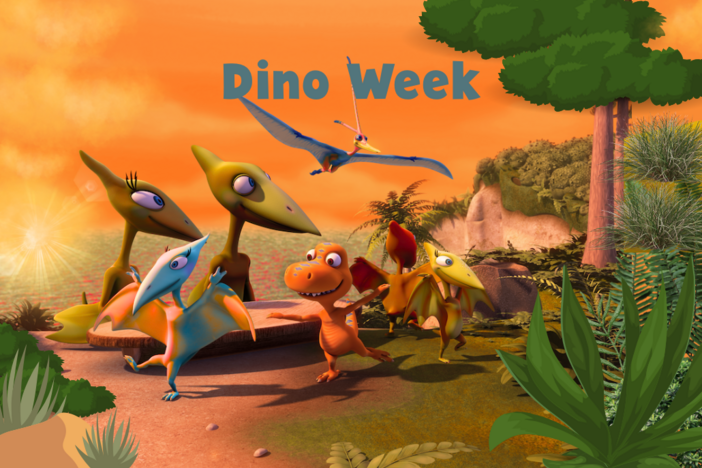
Section Branding
Header Content
Making EdTech Authentic
Primary Content

Once upon a time, learning in English Language Arts meant diagramming sentences, reading volumes of Shakespeare and Milton, and scrawling essays in marbled compositions books. Of course, those old stalwart assignments have a place in my classroom, but usually my assignments sound more like, “Don’t forget to do your Membean practice, then read and complete the assigned questions on Newsela. The link is in Haiku. Submit responses in Google Drive. We will debrief on Poll Everywhere.” I am appreciative of all the amazing advances in technology that make my subject matter dynamic and memorable, but sometimes I feel like I’m speaking in code. Naturally, the ubiquitous presence of technology and digital media in our lives has also saturated our pedagogy; however, in our personal lives and in our classrooms, that presence can become overwhelming. As much as I love finding the newest apps and programs to engage students and enhance my course content, how do I know what is meaningful and what is novelty? Isn’t novelty effective for some purposes? How much is too much?
The best advice I can give to other teachers is to reflect on how technological advancements are inextricable from their course content. In my class I emphasize how technology has fundamentally changed the way we communicate by focusing on students’ understanding of audience in the digital age. Technology provides my students with authentic audiences for their work; if students create a website or blog to demonstrate their understanding of a selected reading or concept, the fact that potentially anyone could read it fosters not only a sense of conscientious digital citizenship, but a sense of pride as well. When students write a movie or book review that they post to Amazon or Rotten Tomatoes, they take the assignment, and their own voice as a writer, more seriously.
Of course, “face to face” communication with an audience only intensifies engagement. For instance, our senior class Skyped with an author whose work they’d read and beforehand they spent quite a bit of time reviewing and meticulously crafting thoughtful questions. Likewise, a writing group that I lead at school participated in a Twitter chat with Israeli Prime Minister Benjamin Netanyahu last year; although they only wrote 140 characters at a time, they reflected and revised before hitting send. I also frequently have students use the writing platform Write the World which not only publishes their work online, but allows students from all over the world to edit one another.
Requiring students to interact with the world at large can require close monitoring, but isn’t that what we’re here for? We can help manage risk--carefully creating usernames, selecting an appropriate audience, and scaffolding assignments. Our students are digital natives and the question of how much technology is too much may seem silly to them, but as educators we can’t help but continually assess what’s necessary and what’s just fun.
_________________________________________________________
Leigh Herman is a guest blogger for GPB Education. She has 7 years of experience as an English teacher, and is currently at The Weber School in Atlanta. As a 2016 PBS LearningMedia Digital Innovator, as well as a Google Certified Educator Level 2, she is committed to helping students become competent and articulate digital citizens.






